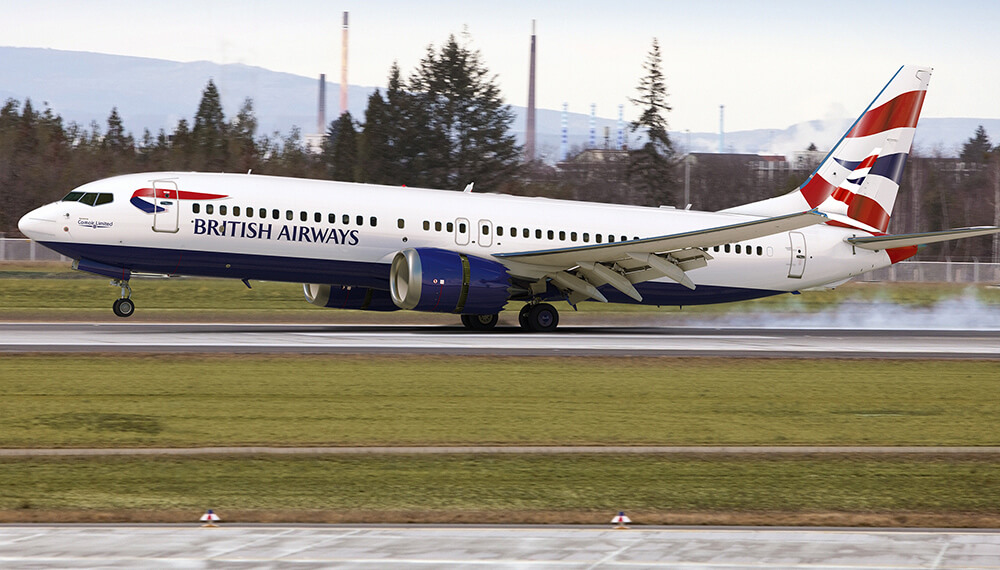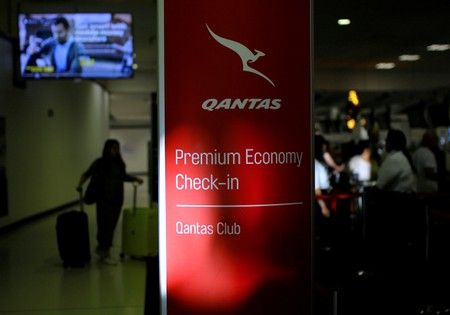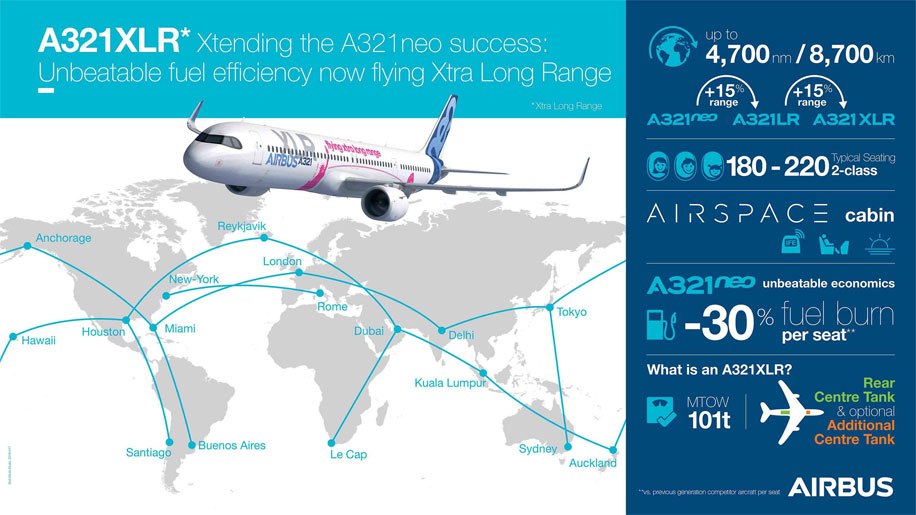CHICAGO/WASHINGTON, Aug 22 (Reuters) – The U.S. Federal Aviation Administration said on Thursday it would invite Boeing 737 MAX pilots from across the world to participate in simulator tests as part of the process to recertify the aircraft for flight following two fatal crashes.
Earlier, Reuters reported that the agency had asked the three U.S. airlines that operate the MAX to provide the names of some pilots who had only flown the 737 for around a year, including at least one MAX flight.
In a statement, the FAA said it had not specified the number of required hours of flight experience, but said the candidates would be a cross-section of line pilots and must have experience at the controls of the MAX.
Boeing Co’s latest 737 narrow-body model, the MAX, was grounded worldwide in March after two crashes within five months in Indonesia and Ethiopia that killed 346 people.
Boeing has been reprogramming software for a stall-prevention system at the center of both crashes, which the FAA must approve before the plane flies again commercially.
The FAA said it had not yet specified a firm schedule for the tests.
Boeing has said it is working toward getting the 737 MAX flying again commercially in the early fourth quarter. Reuters reported on Thursday that it had told suppliers it planned to ramp 737 production back up in February, sending its shares 4% higher.
The world’s largest planemaker slowed its 737 production rate in April because deliveries of the MAX, which makes up the bulk of its single-aisle production, were frozen under the grounding, hitting its supply chain and airline customers.
In the United States, MAX operators Southwest Airlines Co , American Airlines and United Airlines have had to cancel hundreds of daily flights as they wrestle with slimmer fleets at a time of strong domestic air travel demand.
The MAX is Boeing’s fastest-selling aircraft, with about 5,000 pending orders.
As part of its own testing process, Boeing has invited senior airline pilots to experiment with the software fix and use simulators to run scenarios similar to the ones that led to the two crashes.
But sources told Reuters that the FAA also wanted to observe newer 737 pilots. One source said the simulator tests were supposed to be conducted during the first week of September but had been pushed back to the middle of the month.
The FAA, which is working alongside global regulators, has said repeatedly it does not have a fixed time line to approve the grounded jets to fly commercially again.
(Reporting by Tracy Rucinski in Chicago and David Shepardson in Washington; Additional reporting by Eric M. Johnson in Seattle; Editing by Matthew Lewis and Peter Cooney)











